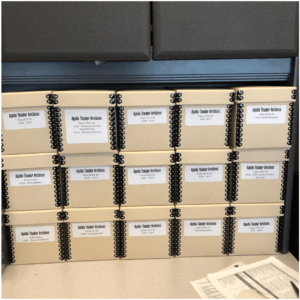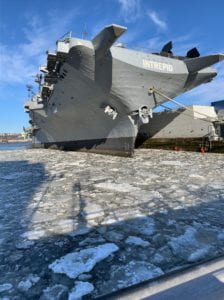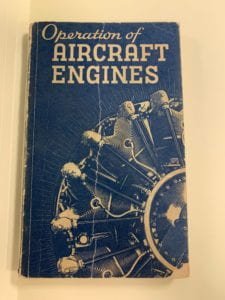This past spring semester (2019), APH student Channell (Channy) Nicole Jordan-Grier interned at the Apollo Theatre in New York City. Below you’ll find Channy’s blog post about her experience.
—————————————————————————————————————————————————————-
During the Spring of 2019, I had the pleasure of interning at the Apollo Theatre’s archives under the supervision of Digital Archivist, Brad San Martin. The archives are fairly new, only having a full time archivist since 2018 and because of this, a lot of my internship I was tasked with helping build the foundation for a repository that will encompass the history of Black performers in Harlem. The archive is full of performance recordings, promotional photographs, and other nuggets of history that don’t seem to be connected and yet all fit together. The main portion of my internship was a lot of identification and processing work with the occasional meeting with other performing arts archivists. From this internship, I learned immensely about the beginning stages of archives and the work it takes to run an archive.
Most of the materials I worked with during my internship were digital and came from a multitude of formats. The Apollo Theater has offsite storage where most of the archival materials are being held including the original formats of a lot of the digital content, this included 1-inch reels, Beta tapes, and DVD/CD’s. During this time I was given about five boxes filled with DVDs and CDs and a long list of labels. This was my main project, the arrangement and inventorying of the Apollo Theater’s Disc Media collection. I sorted the discs by format, arranged them, applied catalog numbers, and rehoused any that may have needed it. Whenever I needed a break from my main project, I had several side projects that I worked on that were just as rewarding. I spent a lot of time going through thousands of digital photographs; identifying subjects, events, photographers, dates and more. Most of these photos were recent, from 2015 to 2019, however there were occasionally historical photos that were interesting to see. I was also given the side project of rehousing and organizing the program booklet collection, which was interesting to see the surviving program booklets that have shown up.
Interning at the Apollo Theater was a dream come true. I was able to see the pure passion of the archives profession all while gaining that passion myself. Before I left, I was shown the next projects that the archive had in store, which include newspaper advertisements of performers at the Apollo Theater and a collection of promotional photos that had recently been found. The opportunity to work with the Apollo Theater was amazing and I can only hope that the archives continue to grow and the work I did helped.

Apollo Theatre’s collection of media (Photo Courtesy: Channy Jordan-Grier)

